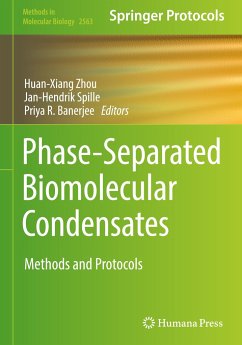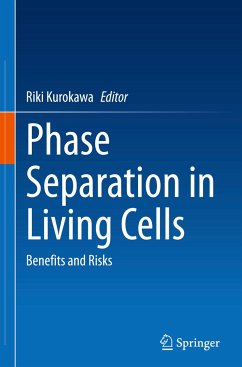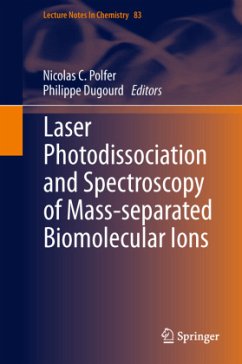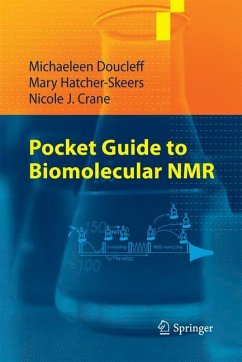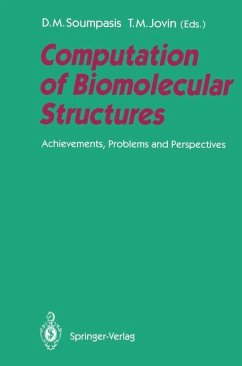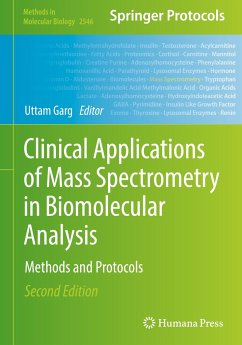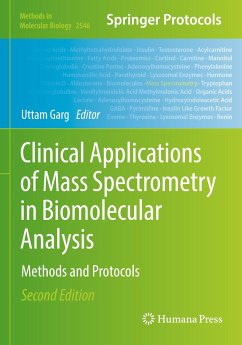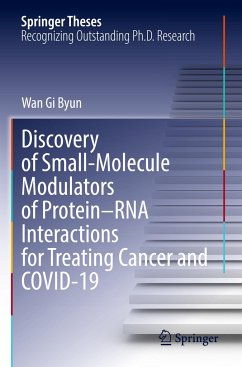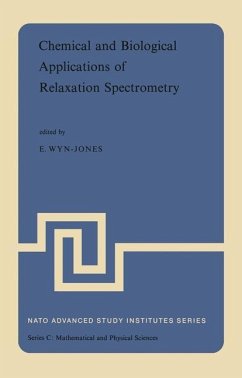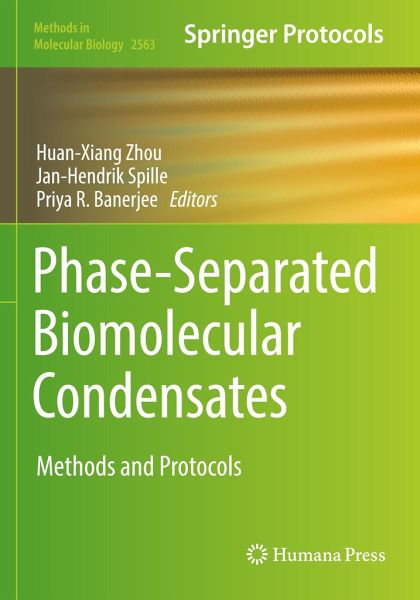
Phase-Separated Biomolecular Condensates
Methods and Protocols
Herausgegeben: Zhou, Huan-Xiang; Spille, Jan-Hendrik; Banerjee, Priya R.
Versandkostenfrei!
Versandfertig in 6-10 Tagen
83,99 €
inkl. MwSt.

PAYBACK Punkte
42 °P sammeln!
This volume provides readers with a broad collection of theoretical, computational, and experimental methods to quantitatively study the properties of phase-separate biomolecular condensates in diverse systems. The chapters in this book cover topics such as theoretical and computational methods; methods for in vitro characterization of biomolecular condensates; and techniques that enable in-cell characterization of biomolecular condensates. Written in the highly successful Methods in Molecular Biology series format, chapters include introduction to their respective topics, lists of the necessa...
This volume provides readers with a broad collection of theoretical, computational, and experimental methods to quantitatively study the properties of phase-separate biomolecular condensates in diverse systems. The chapters in this book cover topics such as theoretical and computational methods; methods for in vitro characterization of biomolecular condensates; and techniques that enable in-cell characterization of biomolecular condensates. Written in the highly successful Methods in Molecular Biology series format, chapters include introduction to their respective topics, lists of the necessary materials and reagents, step-by-step, readily reproducible laboratory protocols, and expert tips on troubleshooting and avoiding known pitfalls.
Comprehensive and thorough, Phase-Separated Biomolecular Condensates: Methods and Protocols is a valuable resource that helps researchers learn and use established methods to study both biophysical properties and biological functions of biomolecular condensates.
Comprehensive and thorough, Phase-Separated Biomolecular Condensates: Methods and Protocols is a valuable resource that helps researchers learn and use established methods to study both biophysical properties and biological functions of biomolecular condensates.





